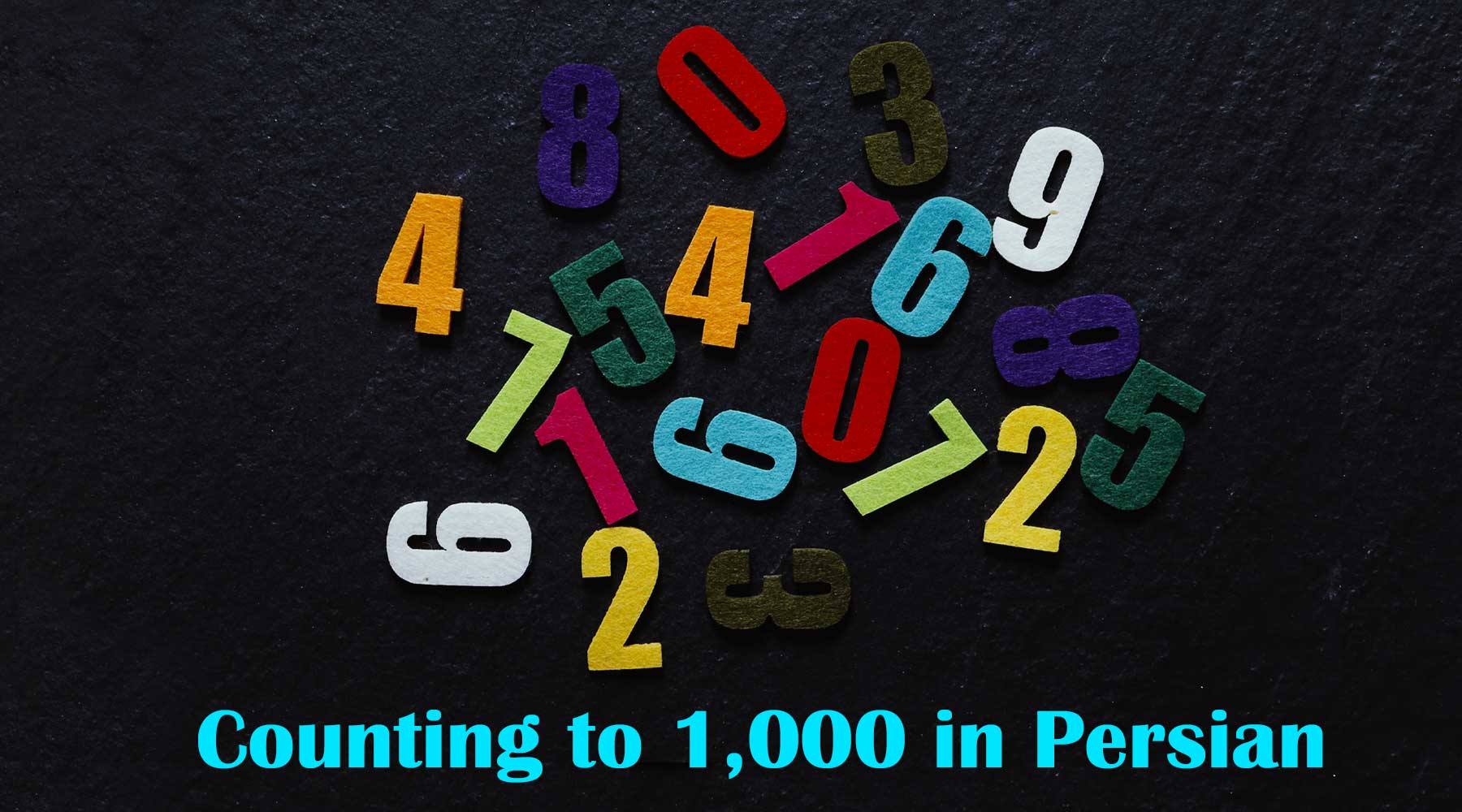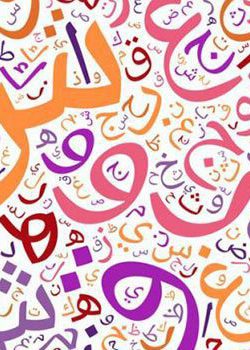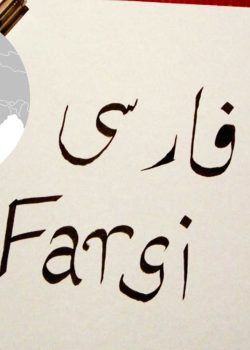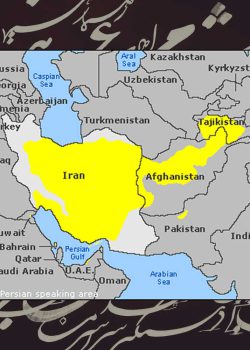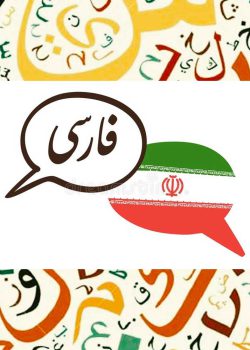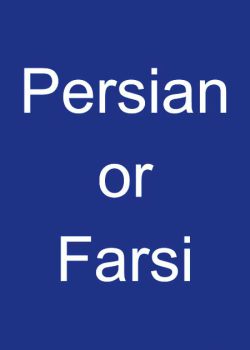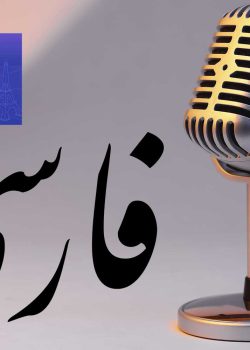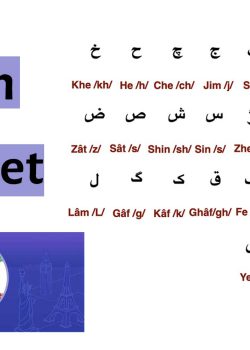Counting to 1,000 in Persian: Mastering the Art of Farsi Numbers!
Welcome to Counting to 1,000 in Persian: Mastering the Art of Farsi Numbers! Learning to count in a new language is an essential skill for anyone who wants to communicate in that language. This blog post is designed to help you learn how to count in Farsi, the native language of Iran and Afghanistan. Here, we’ll go over the basics of counting in Farsi for numbers up to 1,000. With the help of this post, you’ll be able to count in Farsi quickly and easily!
Counting From 1 to 10 in Farsi
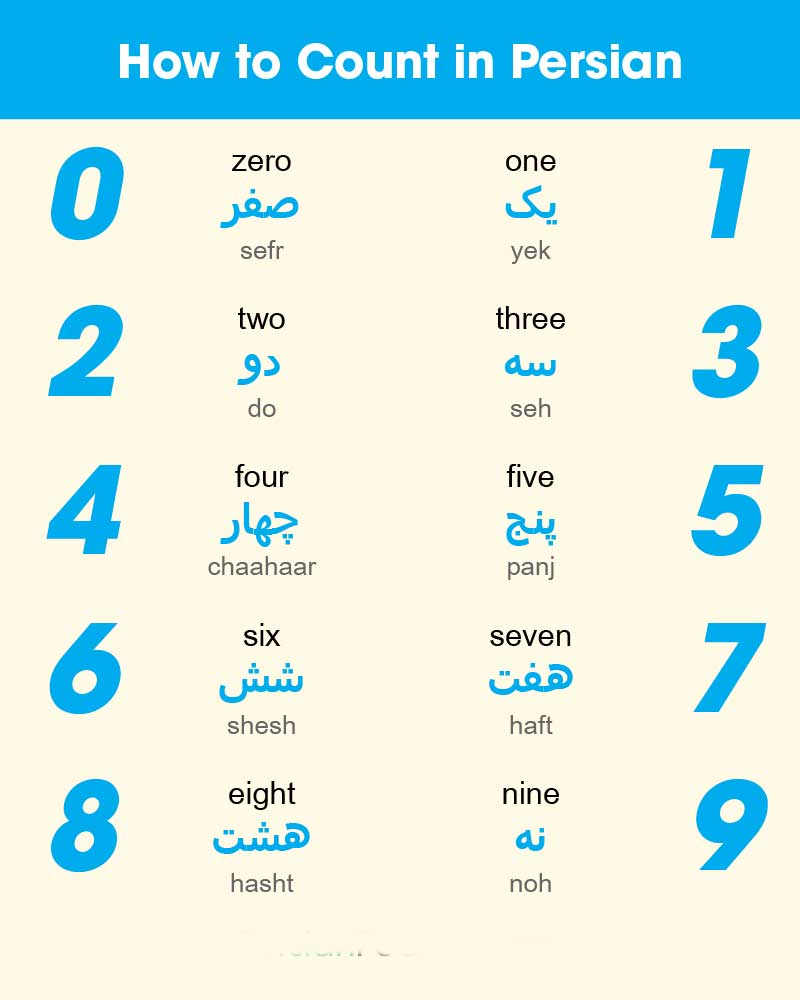
Counting from 1 to 10 in Farsi is an interesting and important skill for anyone who is learning the language, as it is a fundamental part of the language. Farsi is a language of the Indo-Iranian branch of the Indo-European family that is distinct from Arabic and is mainly spoken in Iran and Afghanistan, as well as other parts of Central and South Asia. As a result, it is a language that is used by a variety of people, from different cultural backgrounds.
Counting from 1 to 10 in Farsi is relatively straightforward. The numbers 1-10 in Farsi are: yek, do, se, chahār, panj, shesh, haft, hasht, noh, dah. The pronunciation of these numbers is fairly simple, with the exception of chahār which is pronounced: “ch-ah-ar”. With these 10 numbers, you’ll be able to count from 1 to 10 in Farsi quickly and easily.
| Numbers in English | Numbers in Farsi |
| One | Yek |
| Two | Do |
| Three | Se |
| Four | Chahar |
| Five | Panj |
| Six | Shesh |
| Seven | Haft |
| Eight | Hasht |
| Nine | Noh |
| Ten | Dah |
When learning Farsi, it is important to learn the numbers not just as individual words, but also in phrases and sentences. This is because numbers are often used in everyday conversations, and knowing how to use them correctly will help you to communicate more effectively in Farsi. For instance, when introducing yourself, you might say “man panj sale hastam” which means “I am five years old”. Or, when asking someone how old they are, you could say “chand salete?” which means “How old are you?”.
In addition to learning the numbers from 1 to 10 in Farsi, it is also important to learn how to construct larger numbers. This is because Farsi follows a decimal system, meaning that numbers are composed of combinations of numbers from 1 to 10. For example, the number 11 is “Yazdah”, and the number 15 is “Panzdah”. As you can see, once you have mastered the numbers from 1 to 10, you can easily construct larger numbers.
Counting From 11 to 20 in Farsi
Counting from 11 to 20 in Farsi is as easy as counting from 1 to 10. To count from 11 to 20 in Farsi, we first need to learn the Farsi words for these numbers. 11 is called “yāzdah”, 12 is “davāzdah”, 13 is “sizdah”, 14 is ” Chāhardah”, 15 is “pānzdah”, 16 is “shanzdāh”, 17 is “hefdah”, 18 is “hejdah”, 19 is “nuzdah”, and 20 is “bist”.
| Numbers in English | Numbers in Farsi |
| Eleven | Yāzdah |
| Twelve | Davāzdah |
| Thirteen | Sizdah |
| Fourteen | Chāhardah |
| Fifteen | Pānzdah |
| Sixteen | Shanzdāh |
| Seventeen | Hefdah |
| Eighteen | Hejdah |
| Nineteen | Nuzdah |
| Twenty | Bist |
Counting From 21 to 100 in Farsi
To count from 21 to 100 in Farsi, the following words are used:
- You must first learn the numbers ten by ten including 30, 40, 50, 60, 70, 80, 90, and 100.
- Then figure out how to make these numbers, because it has a fixed algorithm.
In the following table, we have shown how to count numbers from thirty to hundred ten by ten.
| Numbers in English | Numbers in Farsi |
| Thirty | Si |
| Forty | Chehel |
| Fifty | Panjah |
| Sixty | Shast |
| Seventy | Haftad |
| Eighty | Hashtad |
| Ninety | Navad |
| Hundred | Sad |
Since you learned how to count numbers one to nine above, making other numbers is easy. For example, the number thirty-one is Si-O-Yek. To understand more, see the other numbers in the table below.
| Thirty/Si | Forty/ Chehel | Fifty/ Panjah | Sixty/ Shast | Seventy/ Haftad | Eighty/ Hashtad | Ninety/ Navad | Hundred/ Sad | |
| 1 | Si-O-Yek | Chehel-O-Yek | Panjah-O-Yek | Shast-O-Yek | Haftad -O-Yek | Hashtad -O-Yek | Navad -O-Yek | Sad -O-Yek |
| 2 | Si-O-Do | Chehel-O-Do | Panjah-O-Do | Shast-O-Do | Haftad -O-Do | Hashtad -O-Do | Navad -O-Do | Sad -O-Do |
| 3 | Si-O-Se | Chehel-O-Se | Panjah-O-Se | Shast-O-Se | Haftad -O-Se | Hashtad -O-Se | Navad -O-Se | Sad -O-Se |
| 4 | Si-O-Chahar | Chehel-O- Chahar | Panjah-O-Chahar | Shast-O-Chahar | Haftad -O-Chahar | Hashtad -O-Chahar | Navad -O-Chahar | Sad -O-Chahar |
| 5 | Si-O-Panj | Chehel-O- Panj | Panjah-O-Panj | Shast-O-Panj | Haftad -O-Panj | Hashtad -O-Panj | Navad -O-Panj | Sad -O-Panj |
| 6 | Si-O-Shesh | Chehel-O- Shesh | Panjah-O-Shesh | Shast-O-Shesh | Haftad -O-Shesh | Hashtad -O-Shesh | Navad -O-Shesh | Sad -O-Shesh |
| 7 | Si-O-Haft | Chehel-O- Haft | Panjah-O-Haft | Shast-O-Haft | Haftad -O-Haft | Hashtad -O-Haft | Navad -O-Haft | Sad -O-Haft |
| 8 | Si-O-Hasht | Chehel-O- Hasht | Panjah-O-Hasht | Shast-O-Hasht | Haftad -O-Hasht | Hashtad -O-Hasht | Navad -O-Hasht | Sad -O-Hasht |
| 9 | Si-O-Noh | Chehel-O- Noh | Panjah-O-Noh | Shast-O-Noh | Haftad -O-Noh | Hashtad -O-Noh | Navad -O-Noh | Sad -O-Noh |
As you can see, counting from 21 to 100 in Farsi can be a tricky process, but it is not impossible. With some practice and memorization, you can learn to count in Farsi quickly and easily.
Counting From 101 to 1,000 in Farsi
Starting at one hundred and one, the Farsi term for 101 is sad o yek. To continue counting, one simply changes the third number. For example, 102 is sad o do, and 103 is sad o se. This pattern continues until one reaches one hundred and ten, which is sad o dah.
In fact, in this pattern, you change only the three-digit numbers, and the rest are repeated logically without exception. This system of counting is extremely logical and quick to learn, allowing for easy and efficient communication.
| Two-Hundred | Devist |
| Three-Hundred | Sisad |
| Four-Hundred | Chaharsad |
| Five-Hundred | Pansad |
| Six-Hundred | Sheshsad |
| Seven-Hundred | Haftsad |
| Eight-Hundred | Hashtsad |
| Nine-Hundred | Nohsad |
| Thousand | Hezar |
According to this pattern, the number six hundred and seventy-five is Sheshsad-O-Haftad-O-Panj. You can say each part separately and combine them together with “O”. Now, according to the above tables, can you say what is three hundred and fifty-three in Farsi?
Ordinal Number
Ordinal numbers in Farsi are an important part of the language. They are used to indicate order, rank, and position. Ordinal numbers in languages such as English have suffixes; But in the Persian language, there is only one suffix for them; Om. In the table below, you can see examples of these numbers and how to make them:
| Yek/1 | Yekom |
| Do/2 | Dovom |
| Se/3 | Sevom |
| Chahar/4 | Chaharom |
| Dah/10 | Dahom |
| Bist/20 | Bistom |
| Sad/100 | Sadom |
| Hezar/1000 | Hezarom |
Final Thoughts
In conclusion, counting in Farsi is a great way to learn the language and practice your pronunciation. This blog post has provided all the basics you need to know to count from 1 to 1,000 in Farsi, from the numbers 1-10 to the more complicated numbers 11-20 and beyond. With a little practice and dedication, you’ll soon be counting in Farsi like a pro!
Related Posts

